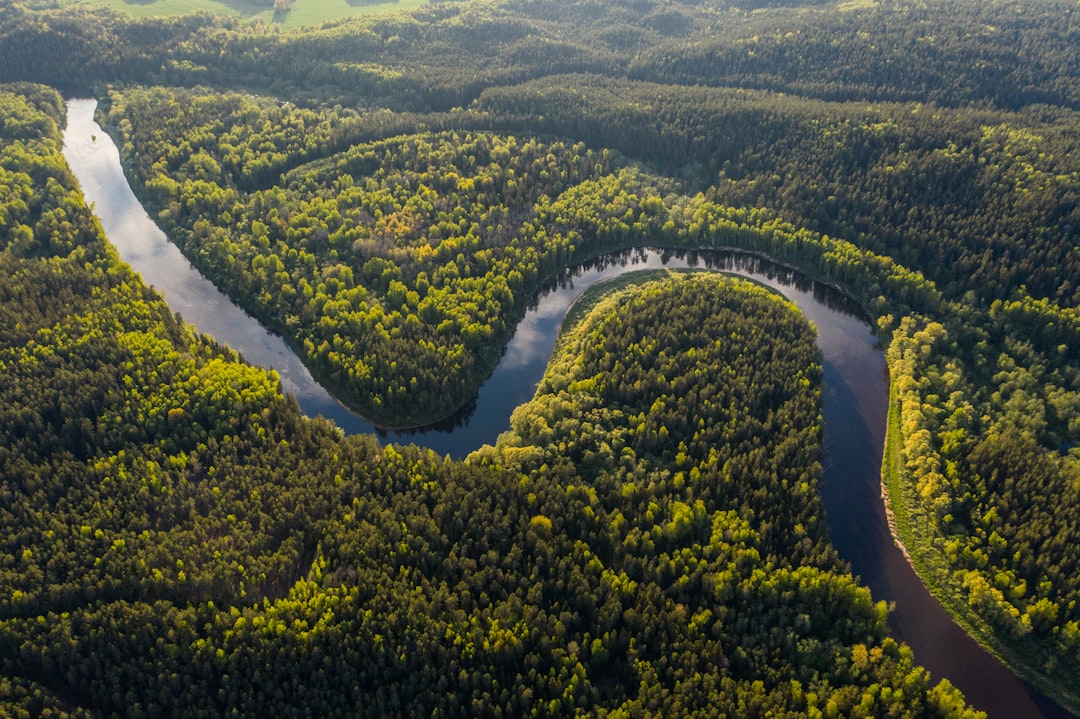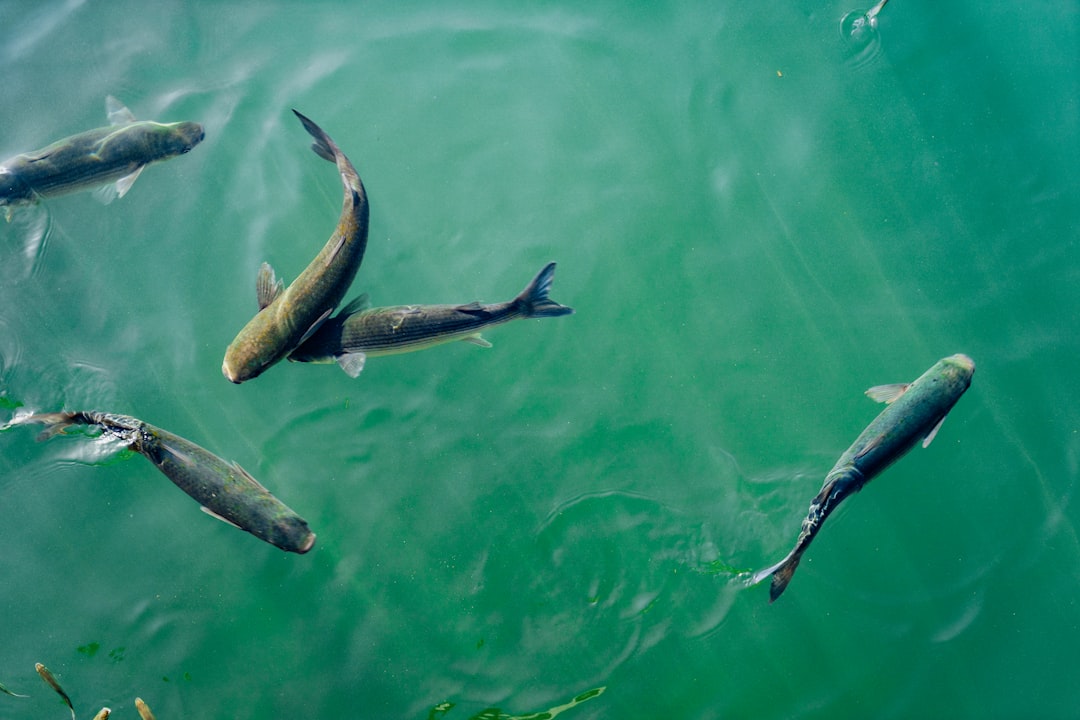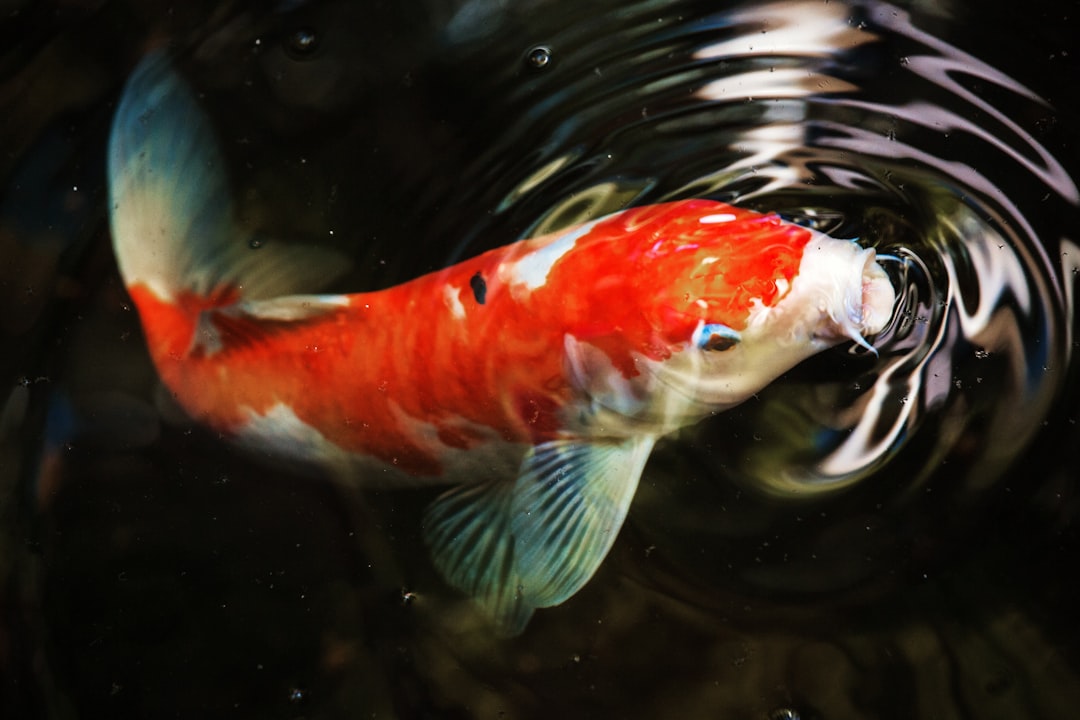What is it about?
The feeding ecology of Mystus tengara (Hamilton, 1822) was studied in the Tanore wetland of Rajshahi, northwestern Bangladesh from January 2011 to December 2011. In fish purchased from the local market, a total of 14 713 food items were identified in the stomach contents of 3191 M. tengara specimens, an omnivorous catfish with a diversified feeding strategy including cladocerans, copepods, rotifers, gastropods, green algae, diatoms, insects, ‘small fish remains, fish fry and eggs’ and ‘other’ food items. Insects were the most dominant group of prey throughout the year. Seasonal changes in diet composition were due to the availability of prey items and fish size. Ontogenetic changes were noted between the juveniles and adults. The gut contents of M. tengara showed that the food items were from different layers of the water bodies.
Featured Image
Why is it important?
Our findings show the differentiation in diet of adult and juvenile Mystus tengara. This will help in aquaculture expansion and management practices of this species.
Perspectives
This article is based on the feeding ecology of Mystus tengara (Hamilton, 1822) in the Tanore wetland of Rajshahi, northwestern Bangladesh. This is very important to know bout the food habit of this species. There is no information in Fish base about this species. As a result, it will help in Further management of this species.
Miss Nahida Rahman Mitu
University of Rajshahi
Read the Original
This page is a summary of: Feeding ecology of a bagrid catfish,Mystus tengara(Hamilton, 1822) in the Tanore wetland of Rajshahi, Northwestern Bangladesh, Journal of Applied Ichthyology, March 2016, Wiley,
DOI: 10.1111/jai.13049.
You can read the full text:
Contributors
The following have contributed to this page










